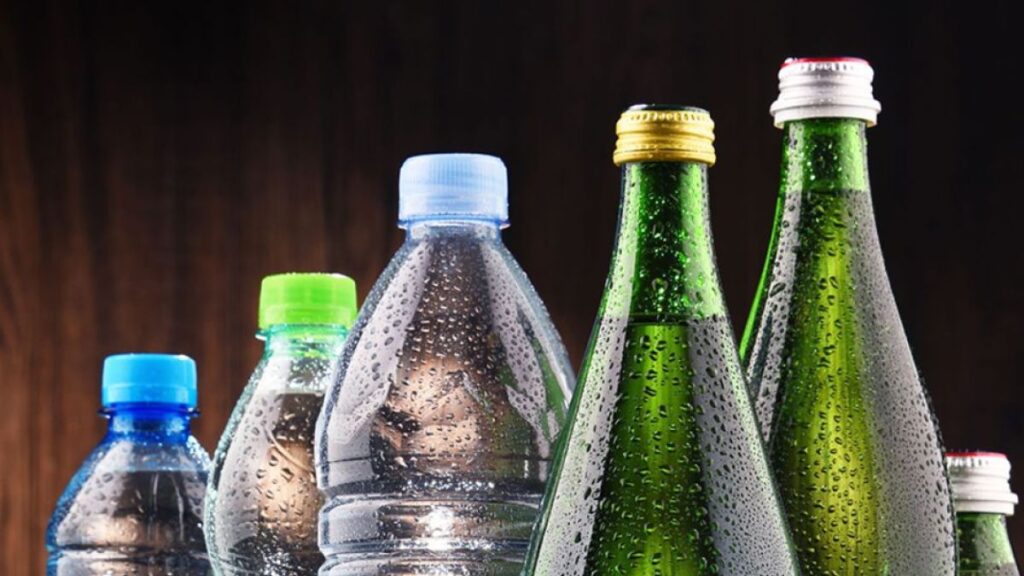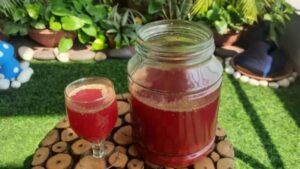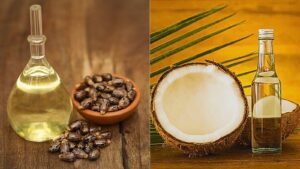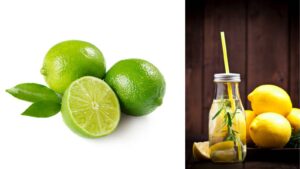Glass Bottles Contain More Microplastics Than Plastic Bottles and Cans – French Study

A groundbreaking new study has uncovered a surprising truth about beverage packaging: drinks stored in glass bottles contain significantly higher levels of microplastics than those in plastic bottles, cartons, or cans. Conducted by ANSES (the French Agency for Food, Environmental and Occupational Health & Safety), this research challenges long-held assumptions about food and drink safety, reigniting debates over which packaging materials are truly the safest.
Glass Bottles Show Unexpectedly High Microplastic Levels
The comprehensive study, led by the ANSES Laboratory for Food Safety, examined popular beverages including water, soda, iced tea, wine, and beer to assess microplastic contamination. The findings were startling—glass bottles contained up to 100 microplastic particles per litre, a concentration five to 50 times higher than that found in plastic bottles and cans.
“We anticipated plastic bottles would be the primary culprit, but the data told a different story,” explained Iseline Chaïb, a PhD student involved in the research. “This discovery highlights an overlooked contamination pathway that manufacturers can—and should—address.”
The Hidden Culprit: Paint on Bottle Caps
Through meticulous analysis, researchers traced the microplastics in glass bottles to the paint coating metal caps. Microscopic scratches, invisible to the naked eye, form on the caps due to friction during storage and transport. These abrasions release tiny plastic particles into the liquid, contaminating the drink.
The evidence was compelling:
- Color and chemical composition of the microplastics matched the cap paint.
- Scratches on caps were identified as the likely source of particle shedding.
Proven Methods to Reduce Contamination
To combat this issue, researchers tested three cap-cleaning techniques:
- No treatment – 287 microplastic particles per litre
- Air-blast cleaning – Reduced contamination to 106 particles per litre
- Air-blast + alcohol rinse – Further decreased to 87 particles per litre
The study suggests manufacturers could also:
- Modify cap storage to minimize friction.
- Reformulate cap paint to reduce shedding.
Are These Microplastics Harmful?
While the health implications remain unclear—no toxicological data yet confirms risks from these microplastic levels—the findings underscore the need for further research and industry action.
Should We Stop Consuming Packaged Drinks Altogether?
With conflicting studies on food safety, it’s not practical to avoid all packaged drinks. Instead, consumers should stay informed while regulators and manufacturers work on safer packaging solutions.









